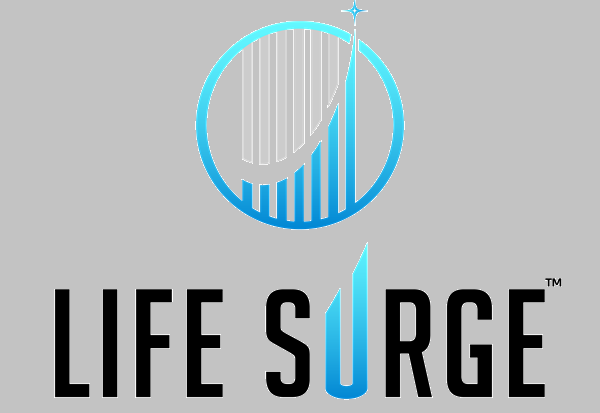Cipla Limited, an Indian multinational pharmaceutical company, is a leading player in the global healthcare industry. Established in 1935, Cipla is headquartered in Mumbai and operates in over 80 countries. Renowned for its affordable and high-quality medicines, the company specializes in respiratory, oncology, cardiovascular, and antiretroviral therapies. Cipla has made significant contributions to making essential medications accessible, particularly for HIV/AIDS treatment. The company emphasizes innovation, research, and sustainability, with state-of-the-art facilities and adherence to international quality standards. Cipla’s commitment to improving lives globally has cemented its reputation as a trusted name in the pharmaceutical and healthcare sector. Here is a comprehensive SWOT analysis of cipla company its Strengths, Weaknesses, Opportunities, and Threats that offers valuable insights into Cipla’s current position and future prospects.
Strengths:
- Robust Product Portfolio: Cipla boasts a diverse range of over 2,000 products across more than 50 categories, catering to various therapeutic areas. This extensive portfolio enables the company to address a wide array of healthcare needs.
- Global Presence: Operating in over 100 countries, Cipla has established a significant international footprint, allowing it to tap into diverse markets and mitigate risks associated with regional economic fluctuations.
- Strong Financial Performance: In the fiscal year 2023-24, Cipla reported an annual revenue exceeding ₹25,000 crore, marking a 14% year-on-year growth. The company’s profitability also witnessed a remarkable increase, reaching 24.5%, representing a YoY growth of 26%.
- Focus on Research and Development (R&D): Cipla’s commitment to innovation is evident through its substantial investments in R&D, leading to the development of new and improved drug formulations, particularly in chronic conditions like asthma, diabetes, and cancer.
- Reputation for Quality and Affordability: Cipla has built a solid reputation over the years for providing high-quality pharmaceutical products at affordable prices, enhancing its brand equity and customer loyalty.

Weaknesses:
- Dependence on Key Markets: A significant portion of Cipla’s revenue is derived from its operations in India and North America. This concentration makes the company susceptible to market-specific risks, such as regulatory changes or economic downturns in these regions.
- Regulatory Challenges: Operating across multiple countries exposes Cipla to varying regulatory standards and compliance requirements. Navigating these complex regulatory landscapes can lead to increased operational costs and potential delays in product launches.
- Limited Presence in Biologics: While Cipla has a strong portfolio in generic drugs, its presence in the biologics segment is relatively limited. This could be a potential area of weakness given the growing importance of biologics in modern therapeutics.
Opportunities:
- Expansion in Biologics and Biosimilars: The global biologics market is experiencing significant growth. By investing in the development and manufacturing of biologics and biosimilars, Cipla can tap into this lucrative segment and diversify its product offerings.
- Digital Transformation: Embracing digital technologies can enhance Cipla’s operational efficiency, improve supply chain management, and strengthen customer engagement through digital marketing and telemedicine platforms.
- Strategic Partnerships and Acquisitions: Collaborations with biotech firms or acquisitions can provide Cipla access to new technologies, markets, and product lines, fostering growth and competitive advantage.
- Focus on Emerging Markets: Expanding into emerging markets with growing healthcare needs presents an opportunity for Cipla to increase its global market share and drive revenue growth.
Threats:
- Intensifying Competition: The pharmaceutical industry is highly competitive, with numerous players vying for market share. This competition can lead to price pressures and reduced margins for Cipla.
- Stringent Regulatory Environments: Increasingly stringent regulatory requirements across different markets can pose challenges for Cipla, potentially leading to higher compliance costs and delays in product approvals.
- Intellectual Property Risks: The expiration of patents and the potential for litigation over intellectual property rights can impact Cipla’s market position and financial performance.
- Economic and Political Uncertainties: Global economic fluctuations and political instability in certain regions can affect Cipla’s operations, supply chain, and profitability.
Conclusion:
Cipla’s robust product portfolio, extensive global presence, and strong financial performance underscore its position as a leading player in the pharmaceutical industry. However, to sustain and enhance its competitive edge, Cipla must address its dependencies on key markets, navigate regulatory complexities, and expand into emerging therapeutic segments like biologics. By leveraging opportunities in digital transformation, strategic partnerships, and emerging markets, Cipla can continue to drive growth and fulfill its mission of providing affordable healthcare solutions worldwide.
Anantha Nageswaran is the chief editor and writer at TheBusinessBlaze.com. He specialises in business, finance, insurance, loan investment topics. With a strong background in business-finance and a passion for demystifying complex concepts, Anantha brings a unique perspective to his writing.


